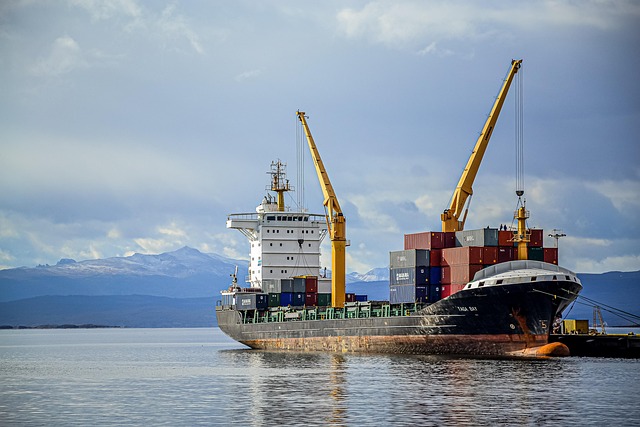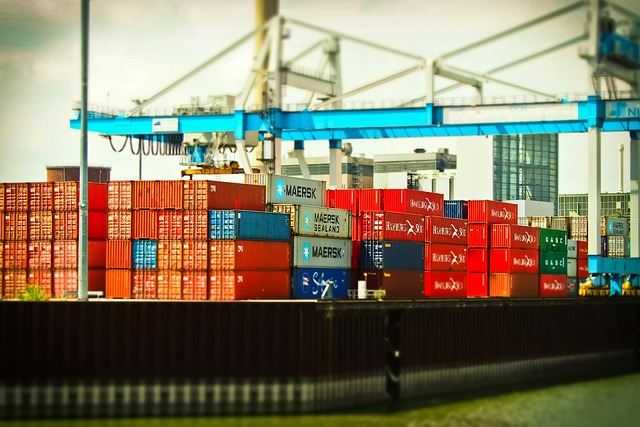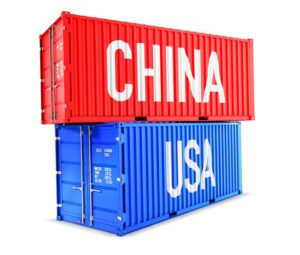One-trip cargo containers, made from durable materials like steel, offer eco-friendly single-use shipping solutions in various dimensions, catering to diverse needs from heavy machinery transport to temporary warehousing. They face security risks but can be enhanced with reinforced lockbox systems and advanced security features to deter theft and ensure product integrity. These containers, available through dealers at competitive pricing, include high cube reefer options, providing a cost-effective, secure shipping solution for businesses with short-term or project-based needs. Implementing safe handling practices, strategic placement, labeling, inspections, maintenance, and staff training is crucial for optimal security.
“One-trip cargo containers are transforming the logistics industry, offering efficient solutions for short-term shipping needs. However, with growing concerns over cargo security, the focus shifts to enhancing container integrity. This article explores the critical issue of securing these versatile units through lockbox reinforcement technology. We delve into the unique benefits of reinforced one-trip containers, addressing the heightened security demands of modern transportation. From understanding their operational advantages to implementation practices, this guide unveils why this innovative approach is a game-changer for businesses navigating the complexities of cargo handling.”
- Understanding One-Trip Cargo Containers: A Brief Overview
- The Need for Enhanced Security in Cargo Transportation
- Lockbox Reinforcement: A Revolutionary Approach to Container Security
- Benefits of Secure One-Trip Containers for Businesses
- Implementation and Best Practices for Safe Cargo Handling
Understanding One-Trip Cargo Containers: A Brief Overview

One-trip cargo containers are a specialized type of shipping container designed for single-use transportation of goods. Unlike traditional intermodal containers that can be moved between different modes of transport, one-trip containers are built for a specific journey and then discarded or reused for other purposes. This makes them an eco-friendly option as they reduce the carbon footprint associated with constant movement and recycling.
These containers are typically made from robust materials like steel to ensure durability during transit. They come in various dimensions, including standard sizes that fit on common shipping vehicles. One-trip cargo containers can be used for a wide range of applications, from transporting oversized or heavy machinery to storing goods during temporary warehousing needs. To buy one-trip cargo containers or explore one-trip cargo container suppliers near you, many dealers offer both new and used options in different configurations like high cube one-trip reefer containers, catering to diverse industry requirements at competitive one-trip cargo container pricing.
The Need for Enhanced Security in Cargo Transportation

In today’s globalized world, the efficient and secure transportation of goods is more crucial than ever. With the increasing value of cargo and a rise in shipping volumes, ensuring the safety and integrity of one-trip cargo containers has become a top priority for logistics managers and supply chain professionals. Traditional containers often face various security threats, from unauthorized access during transit to sophisticated theft operations targeting high-value goods. To combat these issues, enhanced security measures are necessary, especially for temporary or one-trip cargo containers that are frequently used in diverse shipping scenarios.
One-trip cargo containers, as the name suggests, are designed for a single journey, making them a cost-effective solution for shippers. However, this temporary nature also presents unique security challenges. Reinforcing lockbox systems and implementing robust security features can deter potential criminals and ensure the safety of goods during transport. By investing in high-quality one-trip cargo containers with advanced lockbox reinforcement, businesses can protect their valuable shipments, reduce insurance costs, and maintain the integrity of their supply chain operations, ultimately fostering a more secure marketplace for global trade.
Lockbox Reinforcement: A Revolutionary Approach to Container Security

In the world of logistics and transportation, securing cargo containers is an ongoing challenge. Lockbox reinforcement represents a revolutionary approach to enhancing container security, especially for one-trip cargo containers—a crucial aspect in today’s fast-paced supply chain industry. This innovative method ensures that valuable goods remain safe during transit, eliminating concerns related to theft or unauthorized access.
By integrating lockbox reinforcement into the design of one-trip cargo containers, manufacturers have created a robust solution for various industries. These reinforced lockboxes offer enhanced durability and security features, allowing businesses to confidently transport sensitive items. Whether you’re in need of one-trip cargo containers for sale, looking for new or certified units, or exploring options from reliable suppliers like those found on the one-trip cargo container marketplace, this revolutionary technology is set to transform how we view container security. The result? A safer, more efficient logistics network, ensuring peace of mind for businesses relying on these essential one-trip cargo container units for their operations.
Benefits of Secure One-Trip Containers for Businesses

Secure one-trip cargo containers offer a myriad of benefits for businesses seeking efficient and cost-effective shipping solutions. Their primary advantage lies in the enhanced security they provide, which is crucial for protecting valuable goods during transit. These containers feature robust lockbox reinforcement, ensuring that only authorized personnel can access the contents, thereby minimizing the risk of theft or tampering. This added security layer gives businesses peace of mind, especially when transporting sensitive or high-value items.
Furthermore, one-trip cargo containers are designed for durability and versatility. They are built to withstand the rigors of transportation, ensuring that products remain safe and intact. Businesses can also benefit from a wide range of options, including various sizes like high cube models, different dimensions to suit specific needs, and even specialized containers like reefer units for temperature-controlled shipping. Easy accessibility through wholesale dealers and online marketplaces allows businesses to buy or find one-trip cargo containers at competitive pricing, making them an attractive choice for short-term or project-based shipping requirements.
Implementation and Best Practices for Safe Cargo Handling

When implementing secure one-trip cargo containers featuring lockbox reinforcement, best practices for safe cargo handling should be at the forefront of your strategy. Begin by ensuring proper placement and stability to prevent tipping or shifting during transport. Use suitable loading equipment designed for this purpose to avoid damage and ensure all cargo is securely fastened within the container. Proper labeling and documentation are also vital; use clear, consistent labels that indicate contents, weight, and any special handling requirements.
Regular inspection and maintenance of your one-trip cargo containers are essential. Check for signs of wear or potential vulnerabilities in the lockbox reinforcement system before each use. Keep detailed records of all inspections, repairs, and replacements to ensure compliance with safety standards and to help identify patterns that could lead to future improvements. Additionally, train your staff on proper handling techniques and security protocols to create a culture of responsibility and awareness around cargo safety.
One-trip cargo containers with lockbox reinforcement offer a revolutionary solution for enhancing security in cargo transportation. By understanding the need for enhanced security, businesses can leverage these containers’ benefits, including improved protection against theft and damage. Implementation requires following best practices for safe cargo handling, ensuring that this innovative approach contributes to a more secure logistics landscape.
